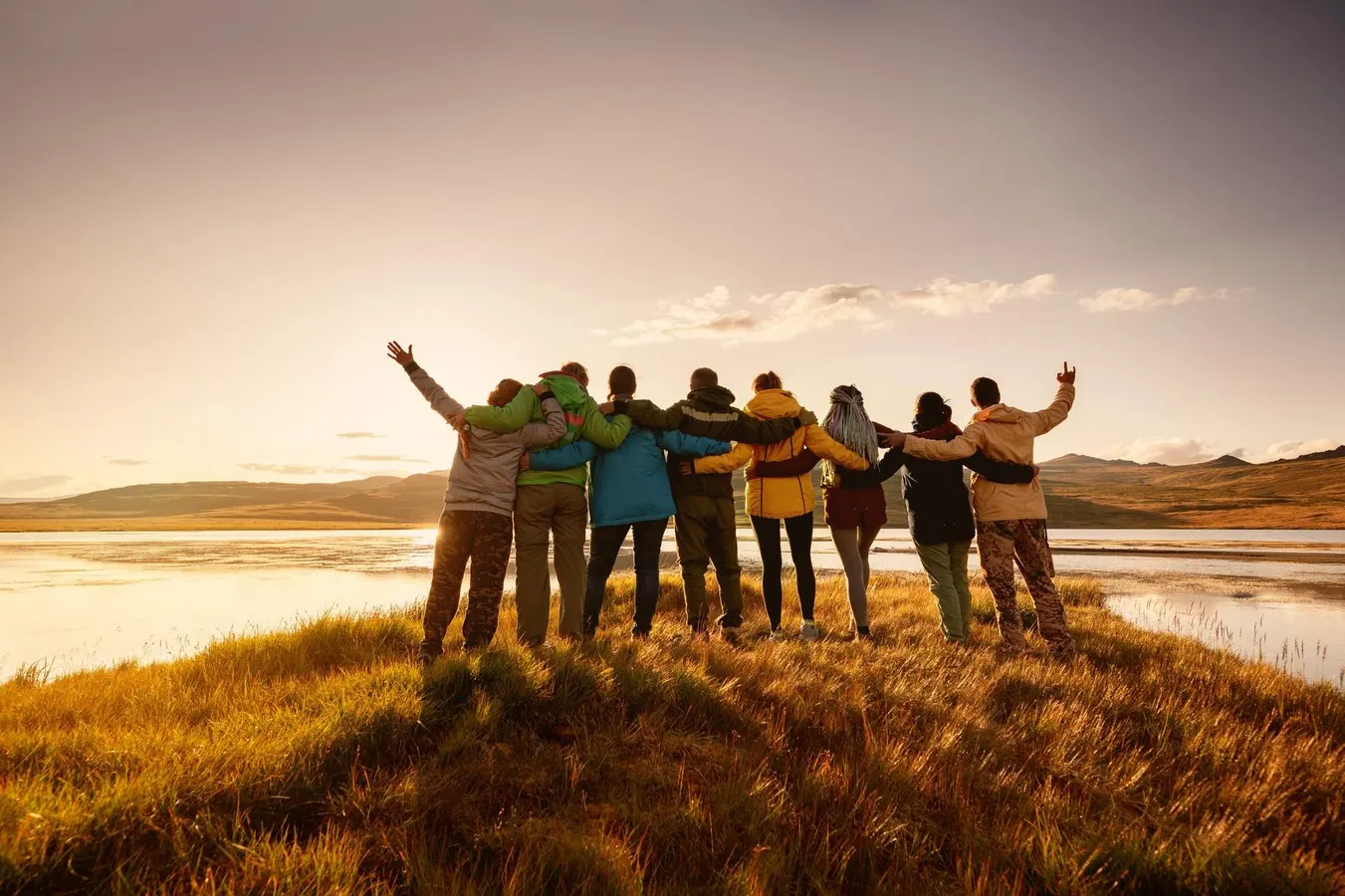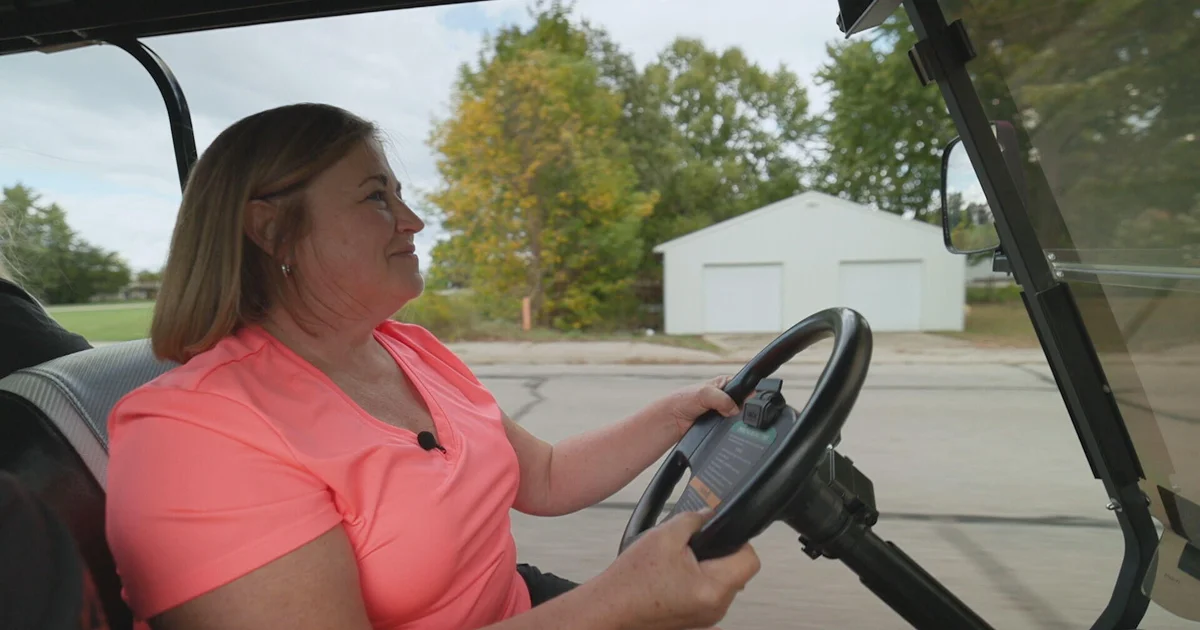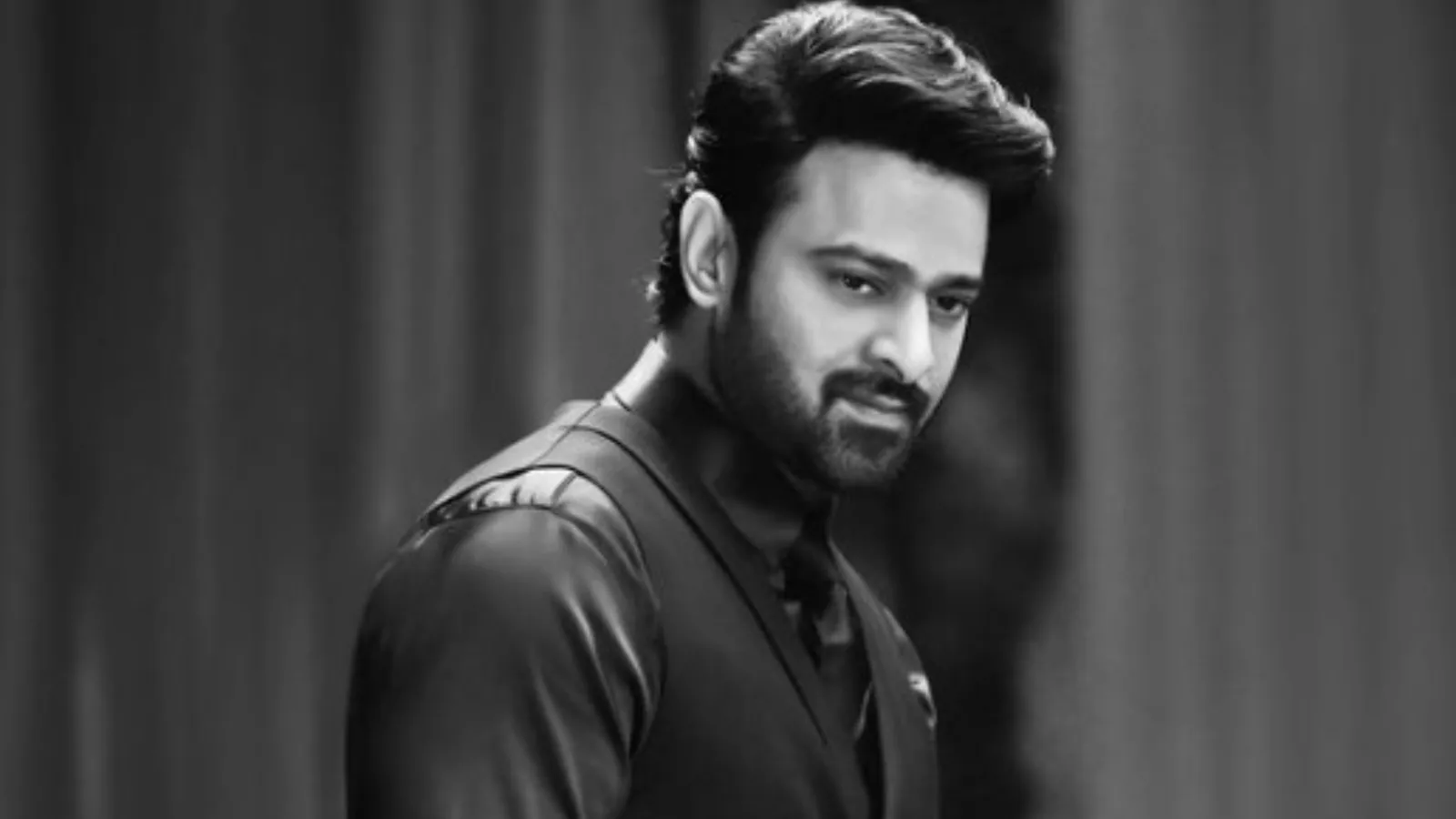Copyright forbes

Bleisure travel is on the rise Bleisure travel—where business trips intentionally blend with leisure time—has evolved from a perk to a performance strategy. Expedia’s 2025 Traveler Value Index found 42% of travelers are planning a bleisure trip this year, up from 29% just two years ago. For entrepreneurs and intrapreneurs—the leaders building companies from both the outside and within—this isn’t about indulgence; it’s about optimization. Work and wellness no longer compete; instead, they collaborate. Founders who once prided themselves on red-eye flights and marathon meeting schedules are now rethinking how, where, and why they travel. They’ve learned that ideas flow more freely when the body is rested, the mind is curious, and the view isn’t fluorescent. Conferences, leadership summits, and brand retreats are catching up—moving from convention centers to resorts that put creativity at the forefront. Here are four reasons bleisure travel has become a new business strategy for entrepreneurs and innovators. 1. Bleisure Travel Reflects The “Work-From-Anywhere” Mindset The rise of remote and hybrid work has rewritten the rules of productivity. When work can happen anywhere, travel becomes an advantage—not an interruption. MORE FOR YOU The laptop lifestyle has matured: founders aren’t checking emails by the pool for optics; they’re intentionally curating settings that inspire strategic thinking. Better Wi-Fi, more innovative scheduling tools, and AI-powered assistants make it seamless to blend business with downtime. The flexibility has removed the guilt once attached to leisure. What used to be seen as “time off” is now time well used. That shift is especially evident among younger professionals. According to research, 65 percent of Millennials and 59 percent of Gen Z say they’re more likely to work for a company that offers frequent travel or flexible work and leisure opportunities. For emerging founders, modern teams, and ambitious intrapreneurs, mobility now ranks as a motivator—a symbol of trust and creative license that fuels innovation. 2. Bleisure Travel Is Redefining How We Gather And Learn The best conferences used to be defined by who was on stage. Now they’re defined by how attendees feel when they leave. From Sage Lodge in Paradise Valley, Montana, to The Ritz-Carlton, Amelia Island, destination resorts are rewriting the playbook for professional gatherings. Sage Lodge, set on 1,200 acres near Yellowstone, pairs panoramic meeting rooms with guided hikes, riverside firepits, and spa programs designed to spark creative recovery. JW Marriott Marco Island offers “mindful meetings” where breakout sessions overlook the Gulf, and Montage Palmetto Bluff weaves kayaking and culinary classes into its leadership agendas. These venues understand what educators and innovators have long known: environment shapes engagement. That shift doesn’t just benefit founders; it empowers intrapreneurs—those charged with sparking new ideas inside established organizations—to think beyond internal silos. When corporate teams trade cubicles for connection, creativity scales faster. 3. Bleisure Travel Boosts ROI—For Business And Human Capacity The financial case for bleisure is easy to measure: a 2025 TravelPerk study found bleisure travelers spend up to 25% more per trip, strengthening local economies and property partnerships. But the human return is harder—and more compelling—to quantify. Entrepreneurs and intrapreneurs who design intentional downtime into their travel report sharper decision-making, better problem-solving, and longer-lasting relationships—outcomes that ripple across teams and organizations. A conversation over a trail walk or a post-conference dinner often accomplishes what a dozen Zooms can’t. It builds trust, perspective, and shared memory, which are all essential currencies in business. Bleisure isn’t just about staying an extra day; it’s about staying present. It becomes renewal. And renewal is quickly becoming a competitive advantage. Companies investing in more intentional travel report greater employee retention and creativity post-event. When business trips include moments to decompress or connect informally, participants return home with more than new contacts—they return with new capacity. Bleisure gives people room to recharge their cognitive energy, a resource often overlooked but directly tied to innovation and leadership quality. The pause after the pitch, the unscheduled afternoon, or the quiet solo hike can all become catalysts for the next breakthrough. 4. Bleisure Travel Is Redefining Success And Self-Care If the 2010s glorified hustle, the 2020s are glorifying harmony. Entrepreneurs are realizing that burnout isn’t a badge of honor—it’s a business liability. Luxury and wellness resorts have stepped into that cultural moment. The Ritz-Carlton, Amelia Island offers mindfulness treatments, which don’t distract from work—they prepare people for it. Entrepreneurs often assume breakthroughs happen during intensity. But research and experience say otherwise: insight loves space. When leaders step out of the office and into nature—onto a trail, by the ocean, under an open sky—the mind shifts from analysis to synthesis. New patterns surface. Problems untangle. That’s why more founders are building movement and outdoor time into off-sites. A morning hike at Sage Lodge or a sunset paddle at Montage Palmetto Bluff does more than boost morale; it creates collective clarity. Conversations flow differently when people are side by side instead of across a table. Hierarchies fade; ideas rise. What begins as casual talk often turns into the seed of a new product, campaign, or company value. Leaders are also discovering the power of solo extension. Encouraging team members to stay on for a day or two after a business trip gives them time to reflect and integrate what they learned. Reflection time transforms information into strategy. In a world obsessed with efficiency, bleisure travel reminds entrepreneurs that innovation often happens in the in-between: between sessions, between flights, between sunrise and that quiet moment when the laptop stays closed and the big idea finally lands. The Bleisure Outlook: The Future Of Work Meets The Art Of Living Bleisure travel isn’t a luxury trend; it’s a leadership tool. It represents a wider cultural pivot toward intentionality in how we work, learn, and connect. Entrepreneurs are no longer compartmentalizing their lives; they’re integrating them. They’re building companies from airports, mentoring teams from terraces, and finding that the best insights often happen far from headquarters. As more organizations and founders embrace this rhythm, the traditional calendar of business travel is being reimagined. Off-sites are doubling as wellness retreats, quarterly planning sessions now include built-in reflection days, and professional development budgets are expanding to cover experiences that restore as much as they instruct. Bleisure is fast becoming a design principle for modern companies. The entrepreneurs leading this movement understand that inspiration and execution feed each other; one can’t exist without the other. By prioritizing balance, they’re not escaping the grind—they’re building more sustainable pathways to growth. Global bleisure travel industry is projected to grow more than 500% by 2033, reflecting just how quickly “balance” is becoming big business. From startup founders to intrapreneurs driving innovation inside global corporations, the message is the same: the future of work won’t separate productivity from presence—it will design for both. Editorial StandardsReprints & Permissions



